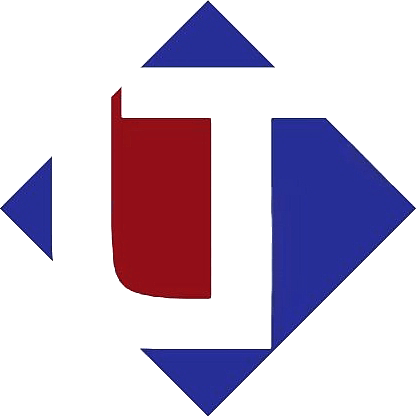A 3-in-1 busbar machine is a metalworking machine that performs three functions: punching, cutting, and bending of busbars (conductor bars used for electrical power distribution). It is used for making electrical components for various applications and can be either manual or automated.
A 3-in-1 busbar machine typically consists of a punching unit, a cutting unit, and the bending unit, which are integrated into one machine. The punching unit is used to make holes in the busbar for connections, the cutting unit is used to cut the busbar to length, and the bending unit is used to bend the busbar into the desired shape.
Busbar machines are commonly used in electrical and electronics manufacturing, as well as in electrical power distribution and control systems. The 3-in-1 design of the machine makes it a versatile and cost-effective solution for small-scale to medium-scale electrical component production, as it eliminates the need for multiple machines and increases the production efficiency.
It is important to note that the specifications of 3-in-1 busbar machines vary depending on the manufacturer and the intended application, so it is essential to choose a machine that meets the specific requirements of a given project.
In addition to the three main functions of punching, cutting, and bending, some 3-in-1 busbar machines may also have additional features, such as:
- Adjustable punching dies: allows for the punching of different sizes of holes
- CNC (Computer Numerical Control) interface: enables automated and precise control of the machine
- Multiple workstations: allows for multiple operators to work on the machine at the same time
- Safety features: such as emergency stop buttons, interlocks, and protective guards to ensure safe operation
- Tool storage: provides convenient storage for punches and dies
- Foot switch operation: enables hands-free operation of the machine
It is important to consider the specific requirements of a project when choosing a 3-in-1 busbar machine, as different machines may have different capabilities and limitations. For example, some machines may be better suited for high-volume production, while others may be more appropriate for low-volume or custom production.
Overall, a 3-in-1 busbar machine is a valuable tool for electrical and electronics manufacturers, power distribution companies, and contractors who require efficient and cost-effective production of electrical components.
In terms of maintenance and upkeep, it is important to regularly inspect and maintain a 3-in-1 busbar machine to ensure its continued operation and longevity. This can include tasks such as:
- Regular cleaning: to prevent the build-up of debris and dust, which can affect the accuracy and efficiency of the machine
- Lubrication: to ensure smooth operation of moving parts and reduce wear and tear
- Maintenance of dies and punches: keep them sharp and replace them as needed
- Electrical safety checks: to ensure that all electrical components are functioning properly and that there are no loose connections
- Software updates: to ensure that the machine is running the latest version of its control software
It is also important to follow the manufacturer’s recommended maintenance schedule, as well as any specific guidelines for operating and maintaining the machine.
In conclusion, a 3-in-1 busbar machine is a versatile and efficient tool for producing electrical components, but it requires regular maintenance to keep it running smoothly. By following the manufacturer’s guidelines and performing regular inspections and maintenance, a 3-in-1 busbar machine can be a valuable asset for a variety of industries and applications.
Here are some additional details about 3-in-1 busbar machines:
Material compatibility: It is important to ensure that the 3-in-1 busbar machine is compatible with the material being used. Some machines may only be suitable for copper, while others may be able to handle aluminum or other materials.
Punching and cutting accuracy: The accuracy of the punching and cutting functions is important for the overall quality of the electrical components being produced. This is why it is important to choose a machine with a high degree of accuracy, especially for applications where precision is critical.
Bending capability: The bending capability of a 3-in-1 busbar machine can vary depending on the model. Some machines may only be able to perform simple bends, while others may be capable of more complex shapes. It is important to consider the specific bending requirements of a project when choosing a machine.
Production speed: The speed of the machine can impact the overall efficiency and productivity of the production process. Faster machines can handle higher volumes of work, but it is important to ensure that the machine can maintain its accuracy and precision even at higher speeds.
Price: The price of a 3-in-1 busbar machine can vary widely depending on its capabilities, features, and manufacturer. It is important to consider the cost in relation to the specific requirements of a project, as well as the overall cost of ownership, which can include maintenance and upkeep costs.
In conclusion, a 3-in-1 busbar machine is a versatile and efficient tool for producing electrical components, but it is important to consider a variety of factors when choosing a machine. By taking into account the specific requirements of a project and selecting a machine that meets those needs, a 3-in-1 busbar machine can be a valuable investment for a variety of industries and applications.
